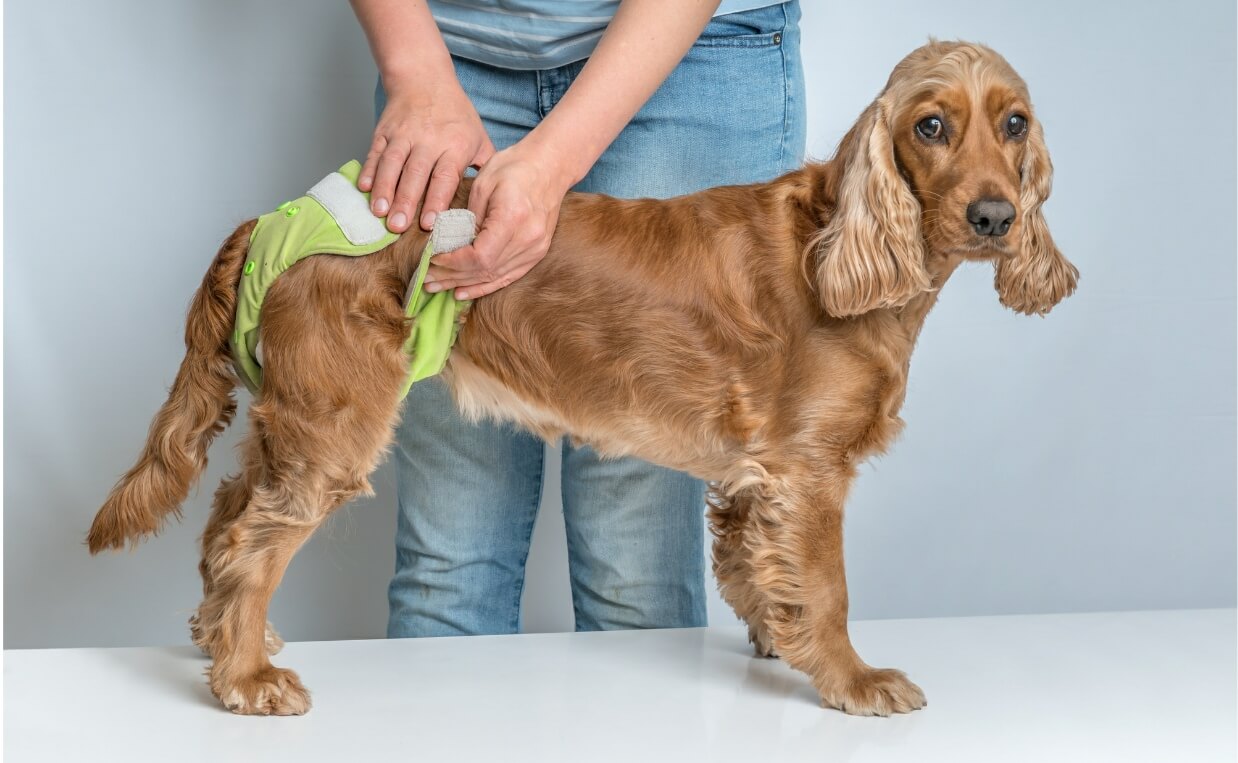
Urinary incontinence in dogs is a condition in which a dog loses control over their bladder and involuntarily releases urine. This can occur during the day or night and can range from occasional dribbling to complete loss of bladder control. The condition is most common in senior and female dogs, although it can affect dogs of any age or gender.
Incontinence is usually caused by a medical condition and your dog likely isn’t aware it is happening. Urinary incontinence is a separate issue from behavior-related urination problems.
Urinary incontinence can be frustrating for both you and your dog, but with proper diagnosis and treatment, most cases can be managed successfully.
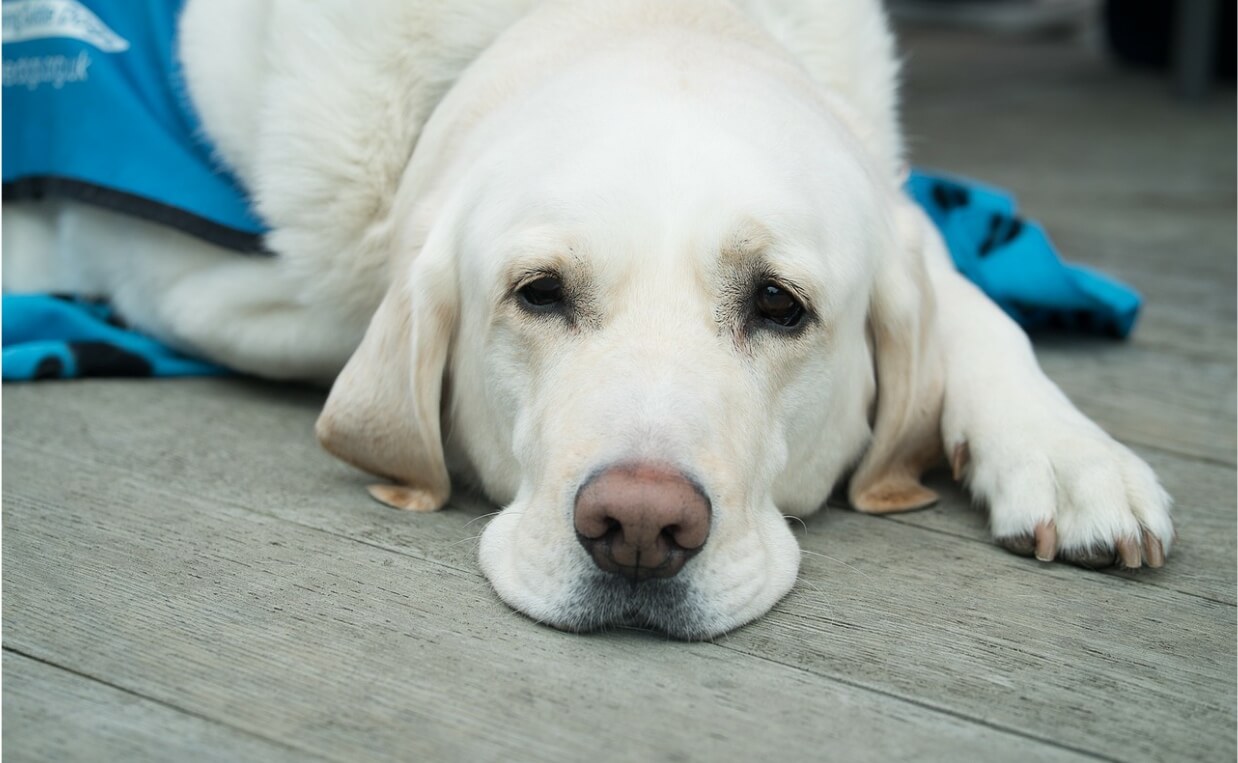
Causes of Urinary Incontinence in Dogs
There are several causes of urinary incontinence in dogs. Some of the most common include:
-
Hormonal imbalance
Spayed females are more likely to develop urinary incontinence due to a decrease in estrogen levels. This can cause weakness of the urethral sphincter muscle, which is responsible for controlling the flow of urine.
-
Neurological disorders
Injuries or diseases affecting the nervous system, such as spinal cord injuries or degenerative myelopathy, can lead to urinary incontinence.
Read more: How to Recognize and Manage Cognitive Dysfunction in Aging Dogs
-
Urinary tract infections
Infections in the urinary tract can cause irritation and inflammation, leading to incontinence.
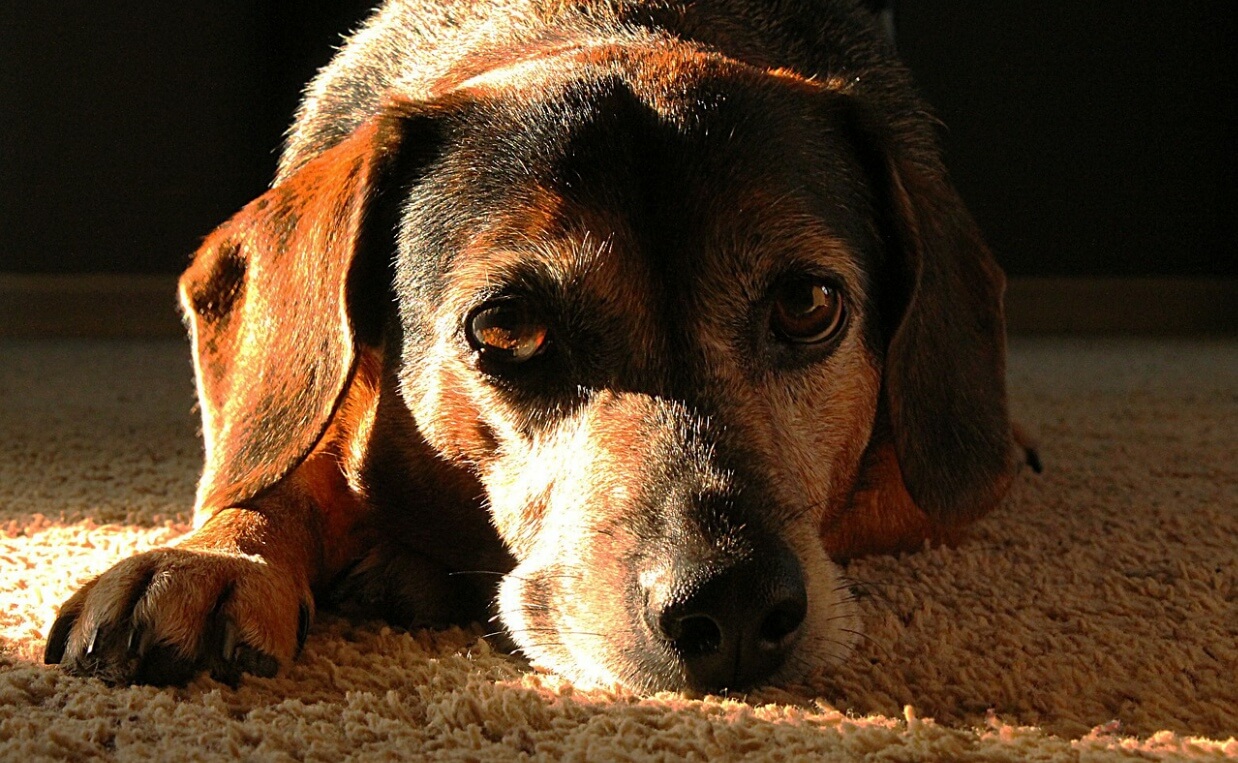
-
Bladder stones
These are hard, rock-like formations that can form in the bladder, leading to irritation and inflammation, causing incontinence.
-
Prostate problems
Enlargement of the prostate gland in male dogs can put pressure on the bladder, leading to incontinence.
-
Congenital defects
Some dogs are born with structural abnormalities in their urinary tract that can cause incontinence.
-
Medications
Some medications, like corticosteroids, cause excessive urine dilution and therefore urinary incontinence.
Other medications, such as prednisone or furosemide, typically cause increased thirst and, as a result, incontinence. Increased water intake can overwhelm a dog’s normal eight-to-ten hour bladder capacity.
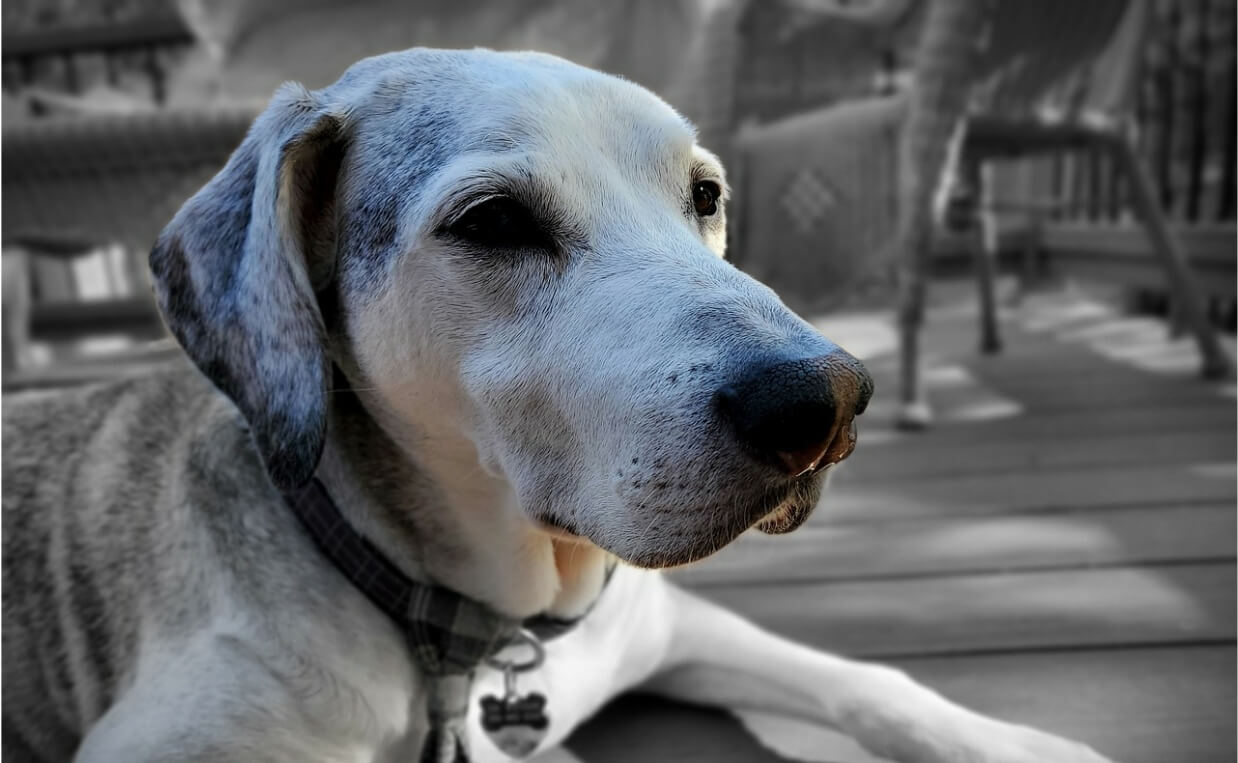
Symptoms of Urinary Incontinence in Dogs
The main symptom of incontinent dogs is the inability to control urination. Dogs may leak urine or void in unusual places. They might trail urine while walking or leave behind wet spots where they were lying or sitting down. You might also notice your dog is often damp around the hindquarters.
Most typically, you’ll spot urine in the area where your dog sleeps. Another very common symptom is that your dog will lick around their genitals, causing skin inflammation, which can lead to a skin infection.
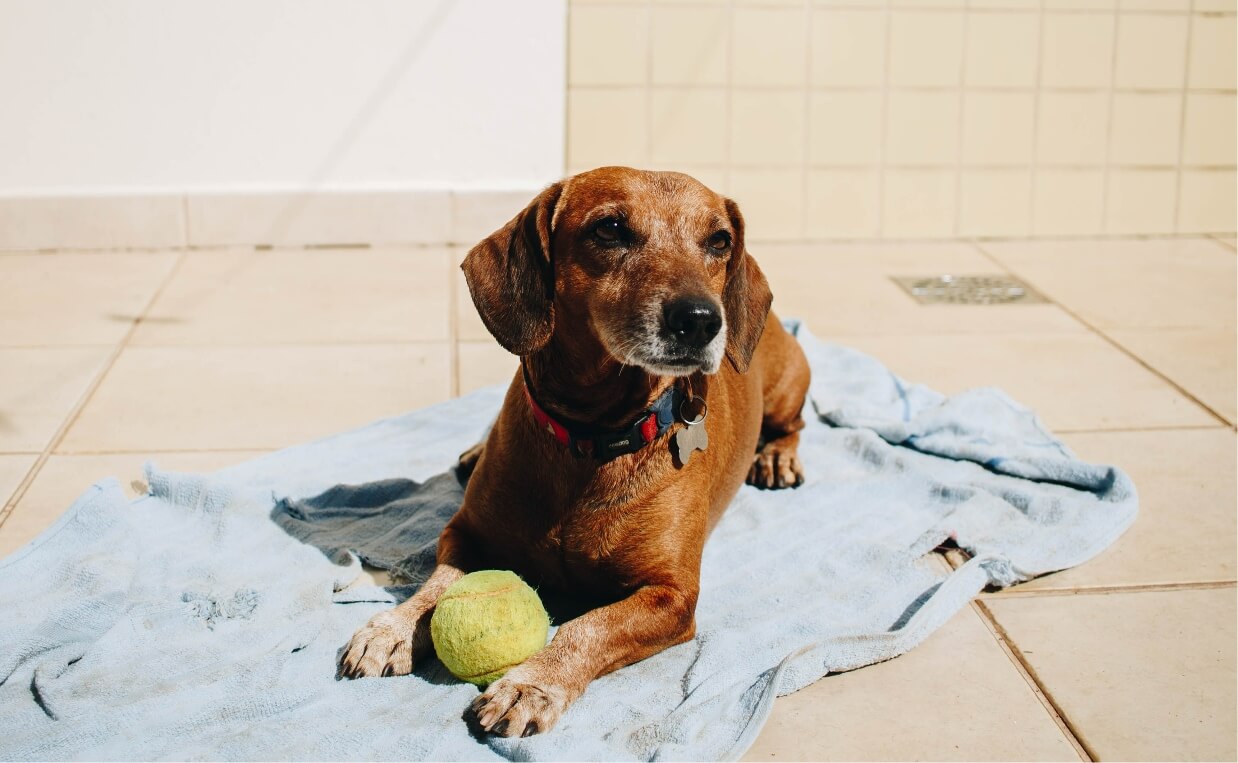
Diagnosis and Treatment of Canine Urinary Incontinence
When it comes to diagnosis, your vet will evaluate your dog based on the history you provide and run blood and urine tests accordingly. Bladder radiographs (x-rays) and ultrasonography are often performed to search for bladder stones or other abnormalities affecting urine storage and outflow.
Treatment can often be a matter of medication to strengthen the sphincter muscles or replenish hormones, such as Proin. Medications such as phenylpropanolamine (PPA) or imapramine, or hormonal replacements such as estrogen or diethylstilbestrol (DES) are used to increase urethral sphincter tone and may be used alone or in combination of each other. Your veterinarian will prescribe the best treatment for your dog’s individual needs.
Prognosis for Urinary Incontinence
While the prognosis of urinary incontinence is determined by the cause of the disorder, in general the prognosis is good for dogs who are diagnosed with this disease. Control of urinary leakage may vary from animal to animal, but overall the condition can be managed successfully with medication, lifestyle changes, and close monitoring.
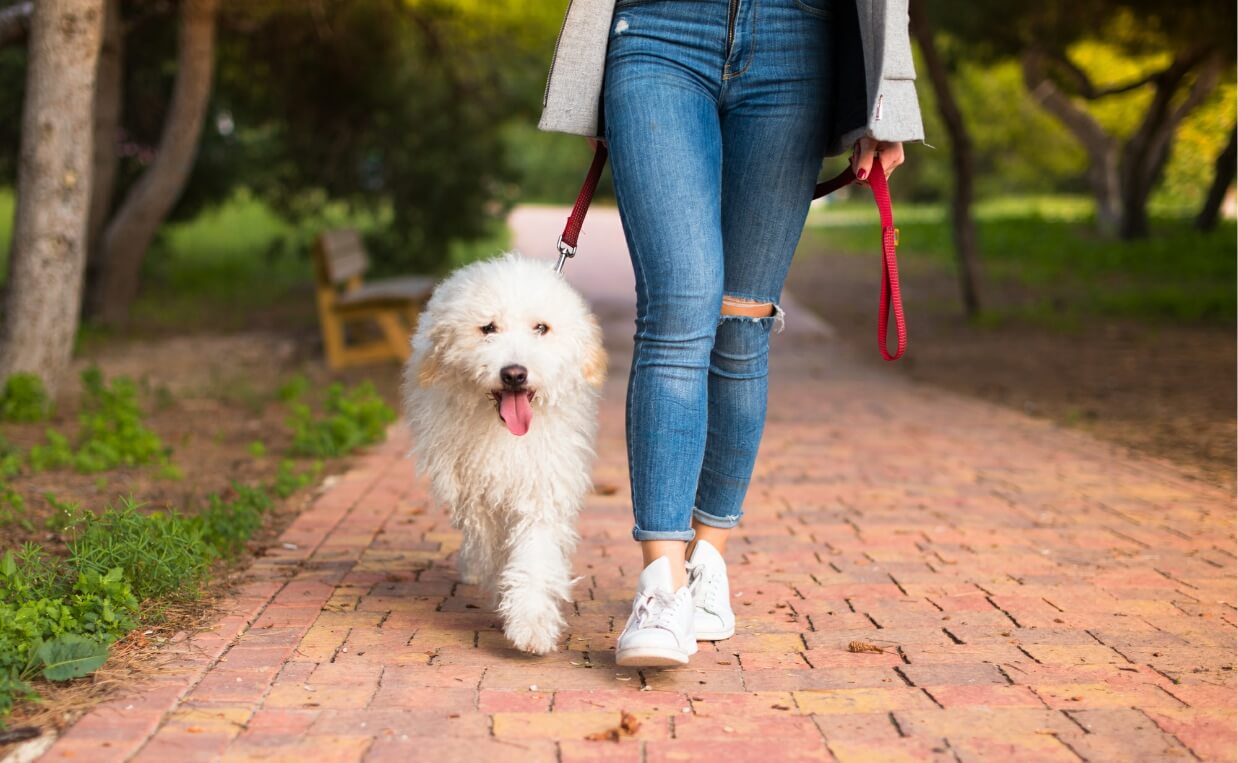
Management of Urinary Incontinence in Dogs
While medical treatment is the best approach to support the effects of canine urinary incontinence. However, you can also take steps to manage the effects of your dog’s incontinence at home, such as:
- Using doggie diapers
- Walking your dog more frequently
- Using waterproof pads under your dog’s bedding
- Maintaining proper hygiene to prevent skin infection
Urinary incontinence can quickly develop into an infection. Keep an eye on your dog’s condition and consult your vet if you have any questions or concerns.
Has your dog been diagnosed with urinary incontinence? What treatment did your vet prescribe? Did the treatment help? What advice do you have for other dog parents whose dog is exhibiting signs of incontinence? Please share in the comments below…

 9 Common Eye Issues in Dogs
9 Common Eye Issues in Dogs What Can Dogs Drink Besides Water? Exploring Safe and Healthy Alternatives
What Can Dogs Drink Besides Water? Exploring Safe and Healthy Alternatives How to Care for a Dog with Hearing Loss
How to Care for a Dog with Hearing Loss National Pet Poison Awareness Week – March 18 – 24, 2018
National Pet Poison Awareness Week – March 18 – 24, 2018 20 Early Warning Signs of Canine Cancer
20 Early Warning Signs of Canine Cancer






Leave a Reply